Opuntia (Opuntia) is the largest genus belonging to the Cactaceae family. This genus unites approximately 190 species. Under natural conditions, prickly pear can be found in South and North America, not excluding the West Indies. About half of all species are found in Mexico.
There is an Aztec legend, which says that the main city of the Aztecs, Tenochtitlan, was founded on the very spot where an eagle ate a snake sitting on a prickly pear. On the coat of arms of Mexico, you can see this very scene. In some species of prickly pear, the stems and fruits were used as food by the Indians. In addition, this cactus was cultivated to obtain a dye such as carmine. However, there are such species that are very aggressive neophytes, in order to destroy such prickly pear, biological preparations are used. At home, prickly pear is grown in all countries, even in Australia.
Content
- 1 Brief description of cultivation
- 2 Features of prickly pear
- 3 Caring for prickly pear at home
- 4 Flowering prickly pear
- 5 Reproduction methods
- 6 Diseases and pests of prickly pear
- 7 Types of prickly pears with photos and names
- 7.1 White-haired prickly pear (Opuntia leucotricha)
- 7.2 Berger's prickly pear (Opuntia bergeriana)
- 7.3 Opuntia main (Opuntia basilaris), or main prickly pear
- 7.4 Opuntia Gosselina (Opuntia gosseliniana)
- 7.5 Long-waisted prickly pear (Opuntia longispina), or long-spiked prickly pear
- 7.6 Opuntia curassavica
- 7.7 Opuntia fragilis (Opuntia fragilis)
- 7.8 Prickly pear (Opuntia microdasys)
- 7.9 Indian Opuntia (Opuntia ficus-indica), or Indian ficus
- 7.10 Sheri's prickly pear (Opuntia scheerii)
- 7.11 Opuntia compressa
- 8 Properties of prickly pear
Brief description of cultivation
- Bloom... In room culture, prickly pear blooms very rarely.
- Illumination... In the morning, the bush needs a lot of bright sunlight, but in the afternoon it should be diffused.
- Temperature regime... In the spring-summer period, the usual room temperature is suitable for the plant; in the winter, the room should not be warmer than 5-7 degrees.
- Watering... In the warm season, the substrate is moistened moderately, and in the winter months, if the bush is dormant, it is not watered at all. Water the bush in the lower way (through the pallet).
- Air humidity... Feels fine in any humidity.
- Fertilizer... The plant is fed once every 30 days in March – September; a mineral complex with a low nitrogen content is suitable for this.There is no need to feed the cactus from October until the beginning of spring.
- Dormant period... With the onset of autumn, watering is reduced, fertilizer application to the substrate is stopped, and the bush itself is removed to a rather cold place (from 5 to 7 degrees), where it will stay until March.
- Transfer... While the bush is young, it is transplanted every year, while older specimens are subjected to this procedure once every 3 or 4 years (not more often). The transplant is carried out in the spring before the growing season begins.
- Reproduction... Segments, and also rarely use the seed method.
- Pests... Mealybugs, scale insects, spider mites, root nematodes and whiteflies.
- Diseases... Late blight, wet smelly rot, root rot and gray rot.
Features of prickly pear
The prickly pear cactus is an evergreen perennial. This genus is represented by creeping or erect shrubs, as well as trees with articulated succulent flat-shaped shoots. On their surface, there are small and large spines, as well as delicate, thin hook-shaped bristles gathered in bunches, which are called glochidia. Juicy small leaf plates have an awl-shaped shape. Bisexual flowers grow singly and can be colored orange, yellow or deep red. The fruit is a berry, covered with a dense shell, inside which there are seeds. The fruits are edible.
Caring for prickly pear at home
Lighting
Opuntia is a light-loving plant, and for normal growth and development it requires a large amount of bright light every day at any time of the year. If the cactus was in shade, then it needs a gradual accustoming to direct sunlight.
Temperature regime
At normal room temperature, the flower grows and develops normally throughout almost the entire year. But in winter it is recommended to rearrange it to a cooler place (from 5 to 7 degrees). If the prickly pear is in a warm place in winter, it will lead to its painful strong pulling.
Watering prickly pear
In spring and summer, the substrate in the pot should be moistened moderately. The fact is that prickly pear, like other succulent plants, does not react well to excess moisture. In winter, if the bush is dormant and at the same time stands in a cool place, then watering should be stopped altogether until spring.
Moisten the soil mixture only after it is completely dry. Prickly pears are watered by bottom irrigation. First, prepare soft water: it is defended for at least 24 hours, then mixed with citric acid (several grains of acid per liter of water). Pour the water into a deep container and dip the pot of prickly pear into it.
With normal watering, when water is poured under the root, droplets of moisture can fall on the flower stem. This leads to clogging of the pores and to impaired respiration of tissues, as a result of which cork growths form on the surface of the stem.
Air humidity
The plant is undemanding to air humidity. It can grow and develop normally even in a room with very dry air. In this regard, the bush does not need additional humidification either on hot days in summer or in winter, when the air in the room is dry with operating heating devices.
Fertilizer
Opuntia should be systematically fed only during the growing season (in March – September). For this, a mineral complex with a low nitrogen content is used, which should be added to the substrate no more than once every 30 days.
Opuntia transplant
This succulent does not tolerate transplants. That is why adult bushes are transplanted quite rarely, about once every three or four years. This is done in the spring before the growing season begins. If there are buds on the bush, then the transplant will have to be postponed to the next year.Young cacti, which are not yet three years old, are transplanted regularly once a year.
Since the root system of such a plant is very weak, a wide and low pot should be chosen for planting it. A suitable soil mixture should consist of clay, sand, turf and leafy soil (2: 1: 2: 4). It is also recommended to add a small amount of crushed charcoal, expanded clay or small pieces of brick to the substrate. Please note that humus cannot be introduced into the soil mixture. If you wish, you can simply purchase ready-made soil mixture for cacti in a specialized store.
Transplanting prickly pears is carried out by the transshipment method, while trying to keep the earthen lump intact. The transplanted bush cannot be watered for the first 7 days.
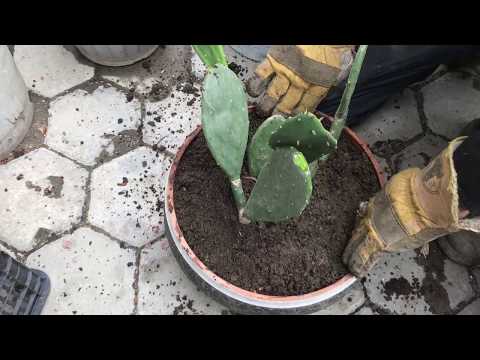

Watch this video on YouTube
Flowering prickly pear
Caring for prickly pear during flowering
Indoor prickly pear rarely pleases with its flowers. Experts still cannot find an answer to the question of why this is happening. According to one version, the lack of flowering is due to the fact that this cactus is slow-growing, and according to the other, because it is impossible to recreate the conditions in the room that the prickly pear is accustomed to in nature.
But still, sometimes buds form on the bush. And here it is important not to make mistakes in care, because of which they can fly around:
- you cannot rearrange the plant pot to another place and even turn it;
- it is forbidden to carry out a transplant;
- take care of the cactus the same way you took care of it before: water and fertilize in accordance with the established rules.
Violation of even one of the listed points can lead to the fact that the buds crumble or they may degenerate into vegetative shoots.
Post-flowering care
At the end of flowering, a gradual reduction in watering should be carried out. Also, the bush is no longer fed, after which it is moved to a cold room (from 5 to 7 degrees), where it will stay until the onset of spring. At this time, the cactus is not fed or watered.


Watch this video on YouTube
Reproduction methods
Cuttings
Home-grown prickly pear is the easiest and fastest way to propagate by cuttings. To do this, you will need to separate several segments from an adult bush. They are left in an upright position for 3-4 days to dry. During this time, a strong film should appear at the cut site.
For rooting, cuttings are planted in moistened and previously disinfected sand, while they need to be buried in the substrate by 30 mm. From above, the cuttings are covered with a transparent cap (glass jar, cut off with a plastic bottle, etc.). Provide the cuttings with systematic ventilation and, if necessary, moisten the sand. The optimum temperature for rooting is about 20 degrees, and you will need bottom heating. When the cuttings are rooted, they are planted in individual small pots, using the same soil mixture as for transplanting.


Watch this video on YouTube
Growing from seeds
Each seed of prickly pear is covered with a very dense, durable shell. Therefore, in order to increase their germination, it will be necessary to carry out scarification: for this, using a file or sandpaper, it is necessary to "process" the surface of the seeds. Scarification will make it much easier for the germ to pass through the thick membrane.
Prepared seed material for 10 min. immersed in a solution of potassium manganese of a light pink hue. After that, it is sown in a previously sterilized soil mixture, which includes river sand, crushed charcoal and leaf soil (2: 1: 2). At the bottom of the container, a drainage layer of expanded clay must be made.
The crops are covered from above with glass or foil, then they are placed in a warm (about 20 degrees) and systematic ventilation is provided to them.Do not forget to moisten the soil mixture immediately after its surface dries.
Grown seedlings should be cut into individual small pots, after which they are grown for a couple of years. Choose a bright place for young cacti, protected from direct sunlight. The grown bushes are planted in the soil mixture for adult prickly pears (see the section "Transplant").
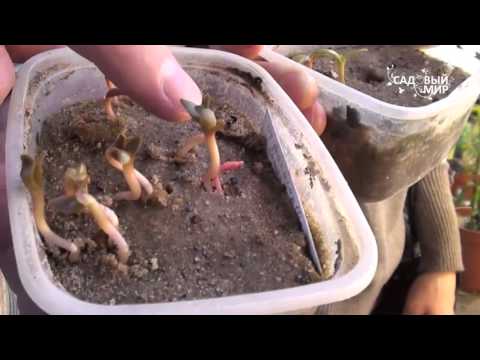

Watch this video on YouTube
Diseases and pests of prickly pear
Pests
Mealybugs, scale insects, spider mites, nematodes and whiteflies can settle on room prickly pears. Adult whiteflies do not harm the plant; their larvae are dangerous. All these pests are sucking, that is, they feed on the sap of the plant, which is sucked out through small punctures.
To get rid of pests, the plant is treated with a solution of an acaricidal preparation, for example: Bankols, Actellika, Decis, etc. Before you start spraying the bush, you should protect the surface of the soil mixture from droplets of the toxic chemical. The bush is sprayed again after 1–1.5 weeks.
It is very difficult to understand that the plant is affected by root nematodes. They can be found only during transplantation: carefully examine the roots, on their surface you can see the swellings that are formed as a result of the vital activity of nematodes. Take a very sharp knife and cut out the affected areas, grabbing some healthy tissue. Then the root system is kept in very warm (45 to 50 degrees) water for 10 minutes. Never wet the root collar! Remove the roots from the water and wait for them to dry out. Then sprinkle the cuts with chopped charcoal. Plant the flower in a new, disinfected soil mixture.
Diseases
This succulent plant is susceptible to diseases such as late blight, wet smelly gil, root rot and gray rot. All of these diseases are fungal. Pathogenic fungi can be found in the substrate, and their activation is observed under favorable conditions: systematic stagnation of moisture in the substrate or oversaturation of the soil mixture with nitrogen.
All diseased parts of the affected bush must be cut out, after which it is treated with a solution of a fungicidal drug, for example: Hamair, copper sulfate, Bordeaux liquid, Oxychoma, etc. When working with pesticides, do not forget about safety precautions.


Watch this video on YouTube
Types of prickly pears with photos and names
There are a fairly large number of species and varieties of prickly pears, with many of them quite widespread in indoor culture. Below will be described those that are most popular with flower growers.
White-haired prickly pear (Opuntia leucotricha)
This tree-like cactus has stems composed of segments, each of which reaches 10 to 20 centimeters in length. On their surface there is a dense bristle, as well as many yellow glochidia. During flowering, flowers are formed on the bush, reaching about 80 mm in diameter. They are painted in a golden hue, while their stigmas are green. The edible fruit has a pleasant smell.
Berger's prickly pear (Opuntia bergeriana)
This perennial plant has a stem consisting of segments of a rich, pale green color, which reach 20 to 25 centimeters in length. The stems have a small number of areoles, which include spines of various sizes, brownish-yellow or yellow in color. During flowering, many yellowish-orange flowers appear with stigmas of a green tint. They cover the bush abundantly.
Opuntia main (Opuntia basilaris), or main prickly pear
This species is represented by a bushy cactus, whose stems are very long and branching. They include pale red or greenish-blue segments, which are 8–20 centimeters long. The depressed light-brown areoles have pubescence and some needles.Flowers can be colored in various shades: from deep red to pink. This plant has varieties: nana and cordata.
Opuntia Gosselina (Opuntia gosseliniana)
In such a bushy cactus, over time, a not very large curtain is formed, which includes thin segments. In young bushes, these segments are colored pale red, and in adults, they are greenish-gray. The soft needles tend to grow from the areoles at the top of the bush. The color of the flowers is yellow. There is a variety of santa rita: on the edges of the rounded segments there is a bloom of a blue tint, while a dark purple pattern is located around the areoles.
Long-waisted prickly pear (Opuntia longispina), or long-spiked prickly pear
It is a creeping bushy perennial plant. Its stems consist of small spherical-club-shaped segments of a slightly flattened shape, their length is from 30 to 40 mm, while they are collected in chains.
This plant has brown areoles and red glochidia, as well as marginal needles. There is also a thin long central spine. Red or orange flowers are wide open.
Opuntia curassavica
The shoots of this perennial bushy plant are hanging, they include narrow greenish segments that can be easily broken off, their length is 20-50 mm. The short-haired little areoles have light-colored needles.
Opuntia fragilis (Opuntia fragilis)
In this bushy plant, the shoots include easily falling segments, the length of which is from 20 to 30 mm, they are almost flat or round. Small areoles are located 0.8 to 1.2 cm apart. They have white pubescence, glochidia are light yellow, and there are also 4 brownish-yellow needles about 30 mm long, which are placed crosswise. The yellowish flowers have green stigmas.
Prickly pear (Opuntia microdasys)
The length of the branched stem is about 0.5 m. It consists of small round-shaped segments of a dark green shade. Each white areola contains a large number of golden glochidia. The inner part of the flowers is yellow-golden, while the column is whitish in color.
Indian Opuntia (Opuntia ficus-indica), or Indian ficus
The stems of such a bushy cactus are erect and lignified over time, in the upper part they branch strongly. The shoots include greenish-gray oval-shaped segments, on which a small number of areoles are located, decorated with easily falling glochidia of light yellow color, as well as white single needles. The color of the flowers is deep red. Pear-shaped fruits can be eaten, they are colored green, pale red or yellow. Their pulp is translucent white with a pleasant sweetish taste, there are also large seeds.
Sheri's prickly pear (Opuntia scheerii)
This cactus is highly branched. In length, bluish-green segments reach 15-30 centimeters. The stems are decorated with a large number of densely spaced areoles; they include brown glochidia, needle-shaped short (about 10 mm) spines, and corymbose hairs. The flowers are yellowish, and their pistil is green. In the process of wilting, they change their color to salmon pink.
Opuntia compressa
The creeping stems consist of rich green round-shaped segments. The plant may have no needles at all, or they are located at the top of the stems. There are rounded-pointed leaf plates and yellowish flowers.
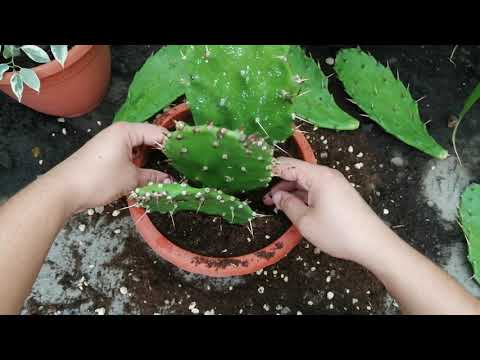

Watch this video on YouTube
Properties of prickly pear
Useful properties of prickly pear
In such a plant as prickly pear, any of the parts has healing properties. The foliage and fruits contain useful components such as: glucose, phosphorus, protein, calcium and magnesium; in the shoots: protein, vitamin C, starch and sugar; in flowers: valuable amino acids. Also, this cactus contains a large amount of vitamins such as: B1, B2, B3, A and C.It also contains insoluble and soluble fibers.
Funds made on the basis of prickly pear are used for:
- respiratory diseases;
- diabetes mellitus;
- diseases of the oral cavity and teeth;
- problems with the nervous system;
- diseases of the musculoskeletal system;
- diseases of the digestive system;
- metabolic disorders in the body;
- diseases of the cardiovascular system;
- hangover.
They are also used as a general tonic, to cleanse the body of toxic substances and toxins, and also to care for the skin and hair. This plant is used in the treatment of inflammation of the outer coverings, cystitis, diarrhea, measles, obesity, prostatitis, rheumatism, various wounds, etc. It is used to make glue, food coloring, oil, pectin, detergents and deodorants. The oil, made from edible prickly pear, contains a large amount of fatty acids, vitamin E and other valuable components that fight premature skin aging. This oil is included in expensive face creams, it is used in the care of the scalp and curls, as well as in aromatherapy.
Contraindications
A small number of people have an individual intolerance to prickly pear. Because of it, reddish spots form on the body, headache, vomiting and nausea appear during the first 30 minutes after taking the opuntia-based product. When such symptoms appear, prickly pear should be stopped.
The plant itself and the products made on its basis should not be taken for acute cystitis and hemorrhoids. Since prickly pear is an exotic plant, before trying its fruits or preparations based on it, you should consult a qualified specialist.


Watch this video on YouTube

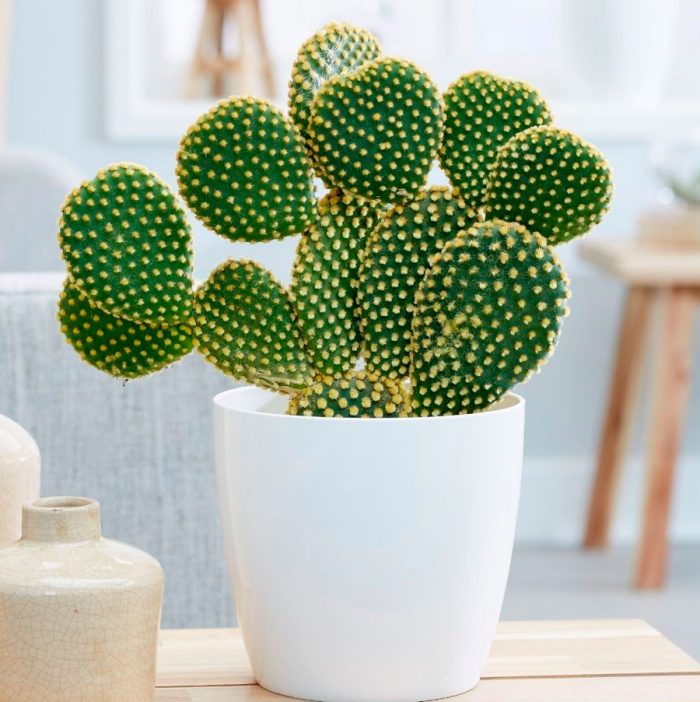
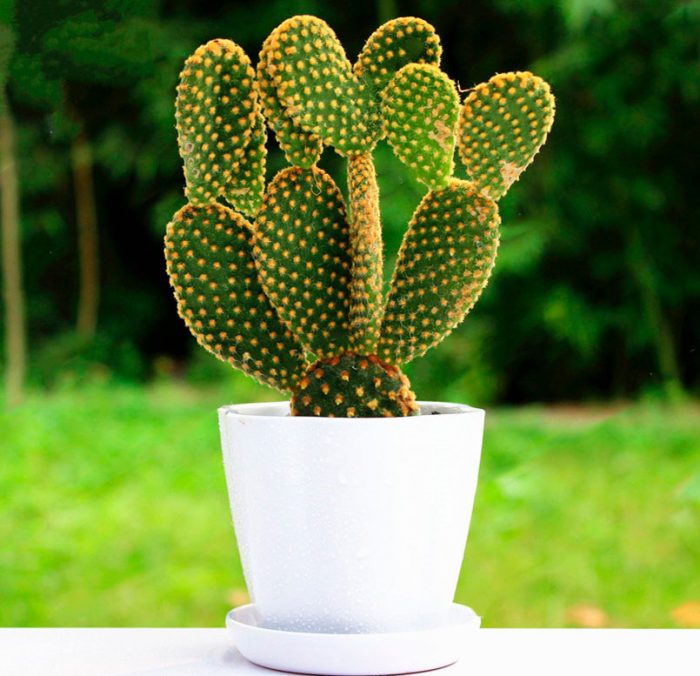
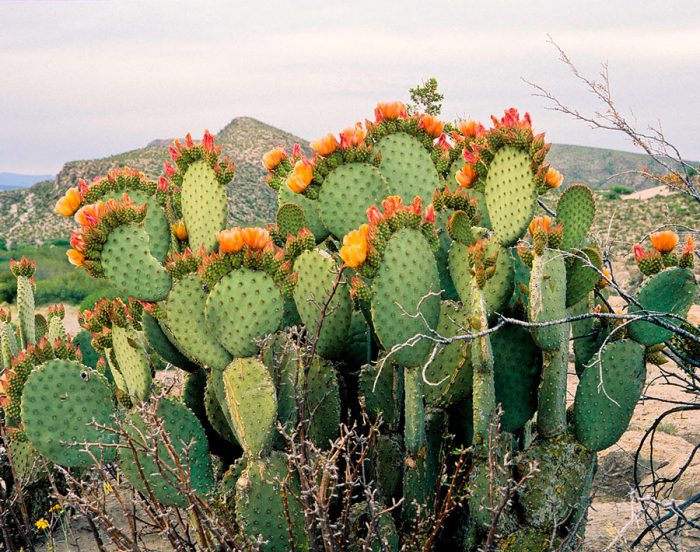
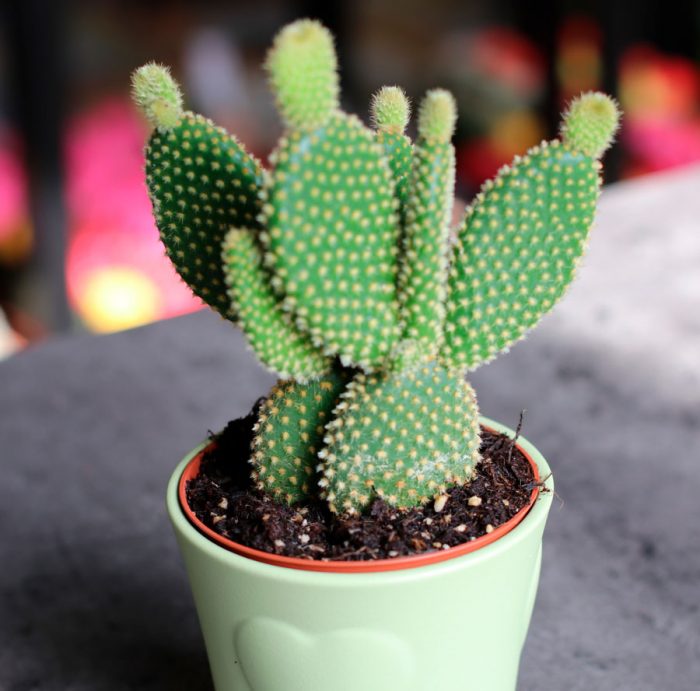
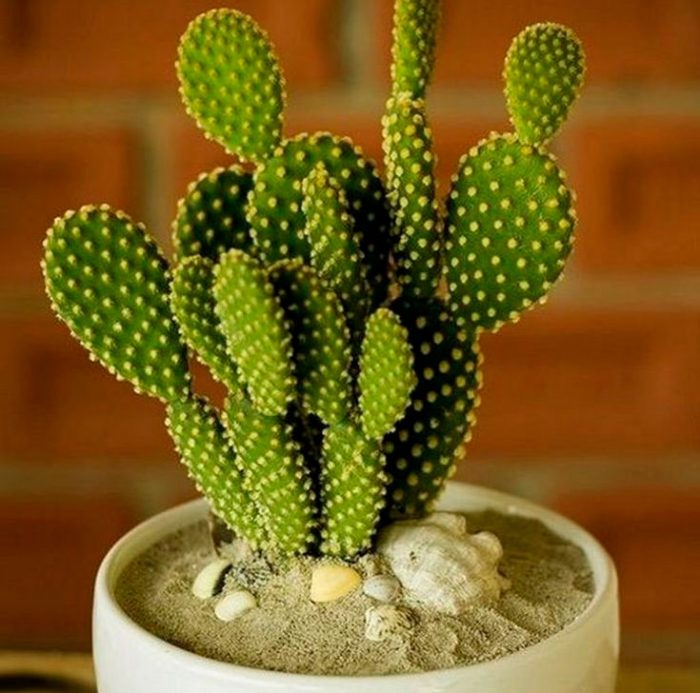

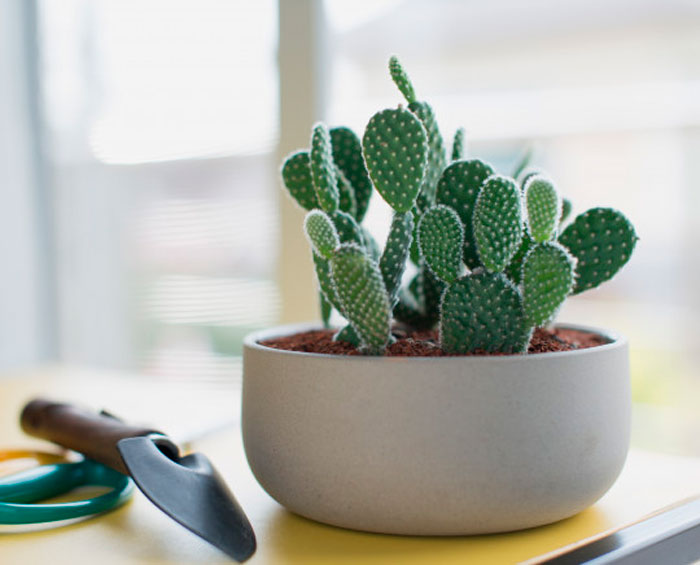
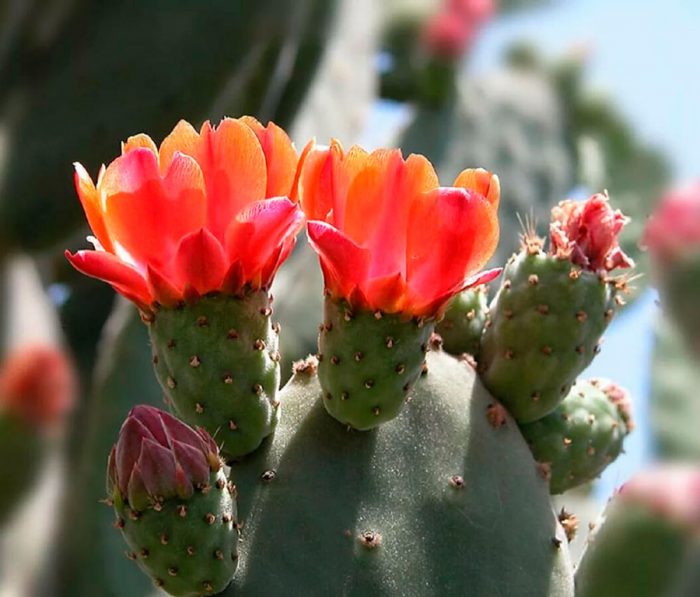
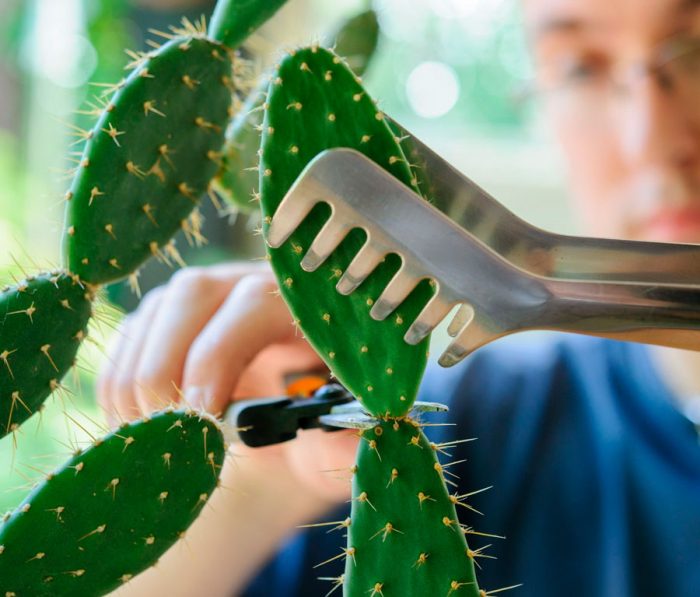
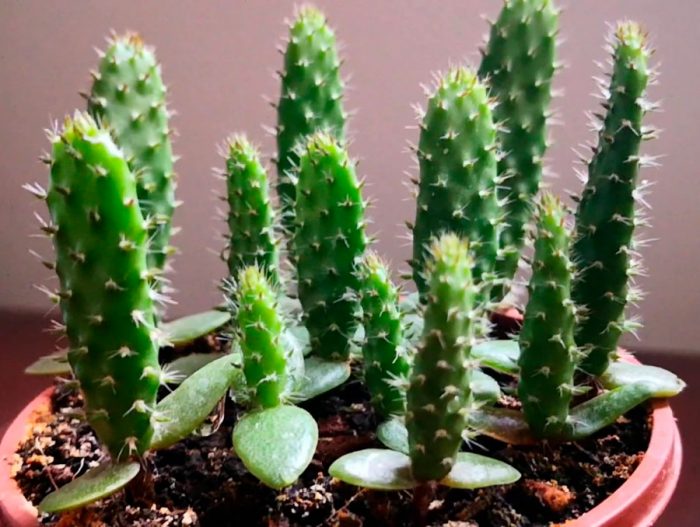

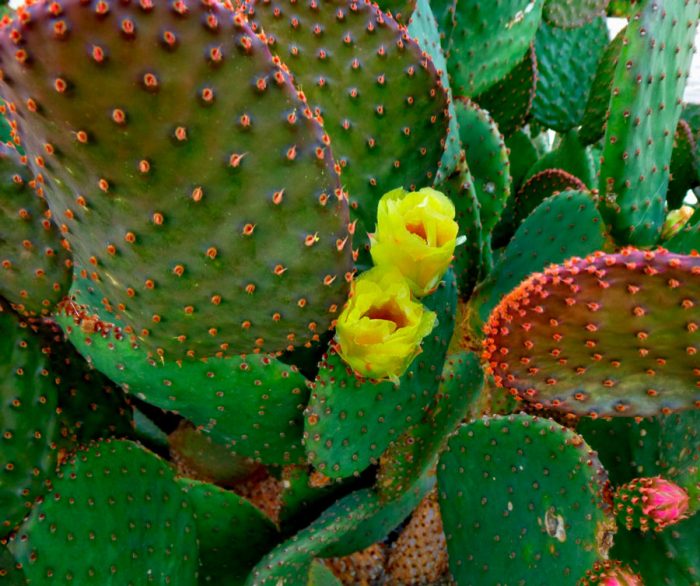
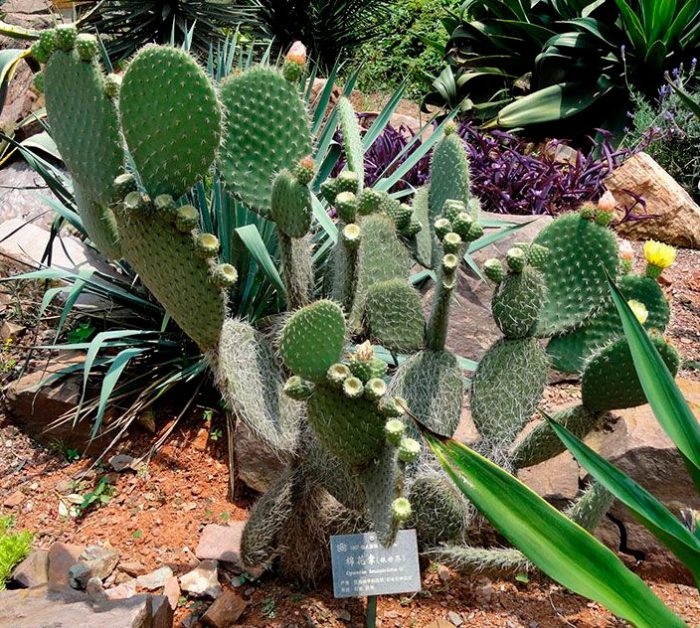
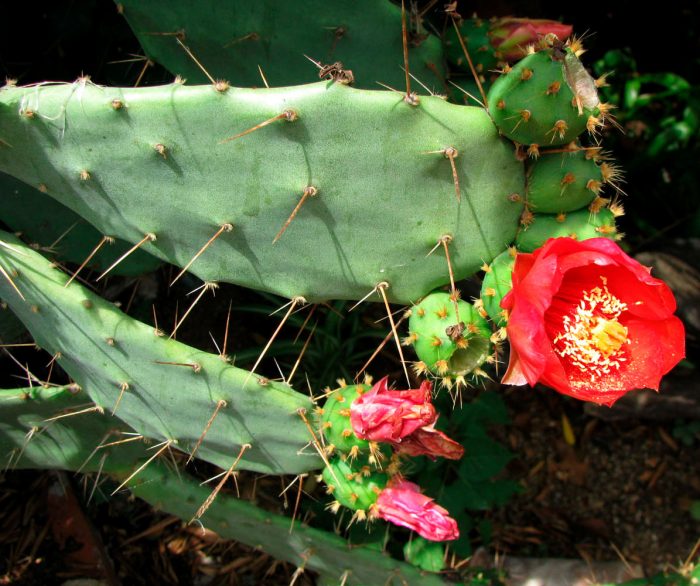

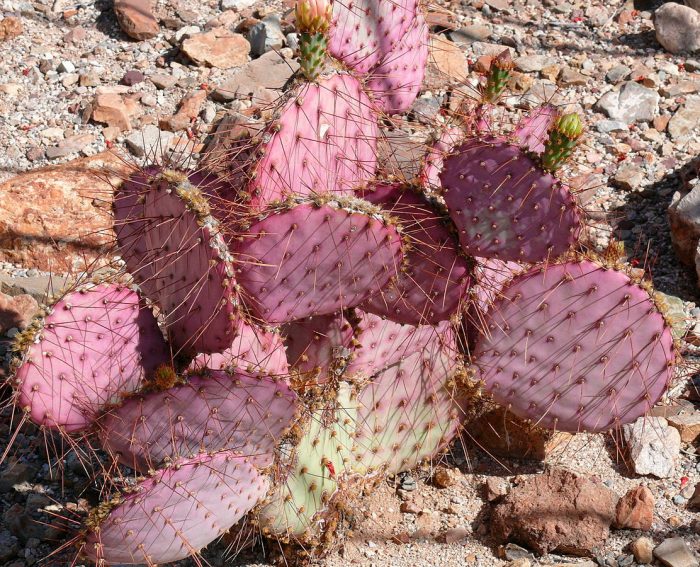
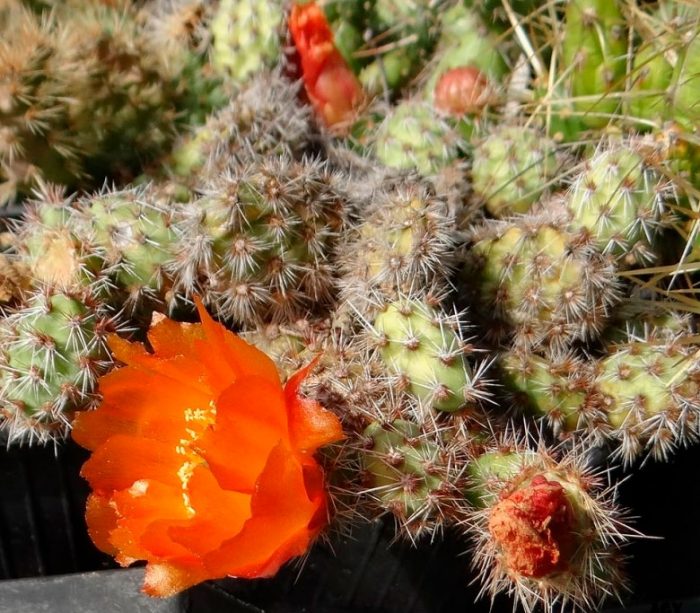
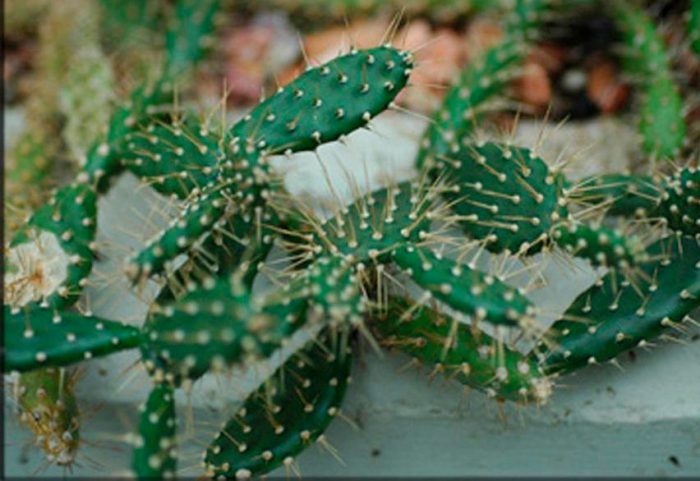
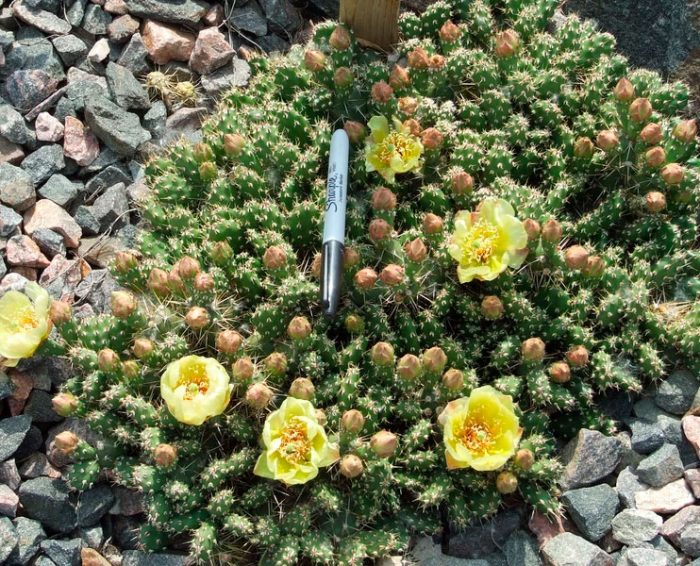
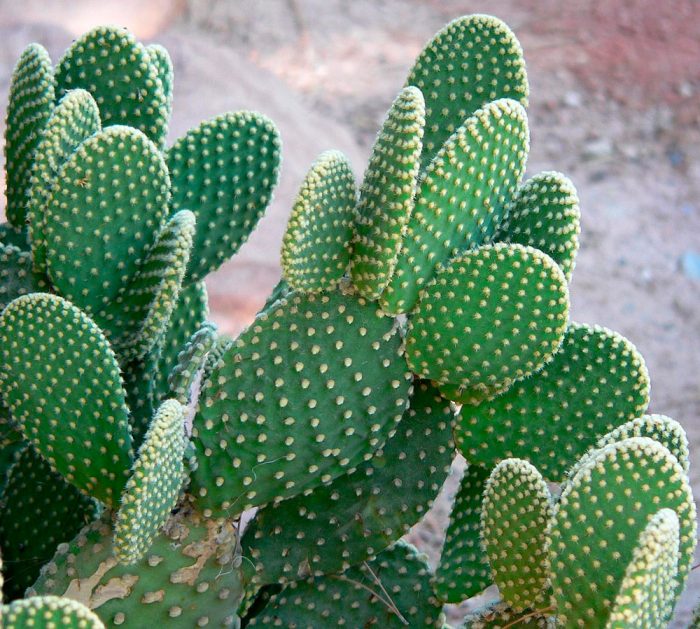
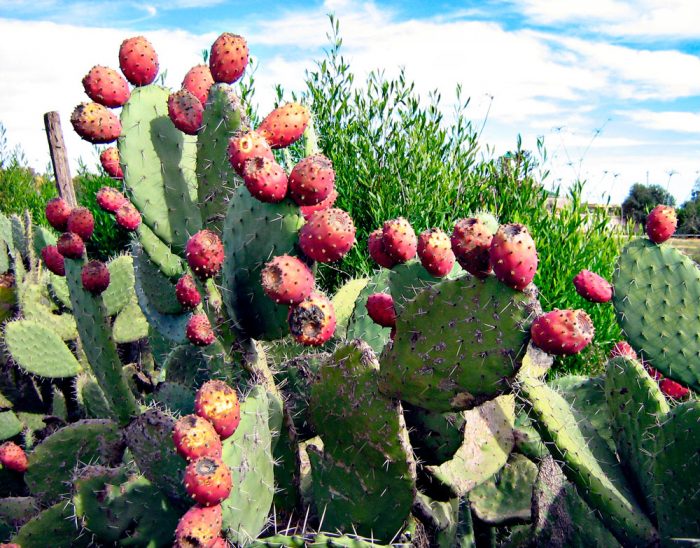
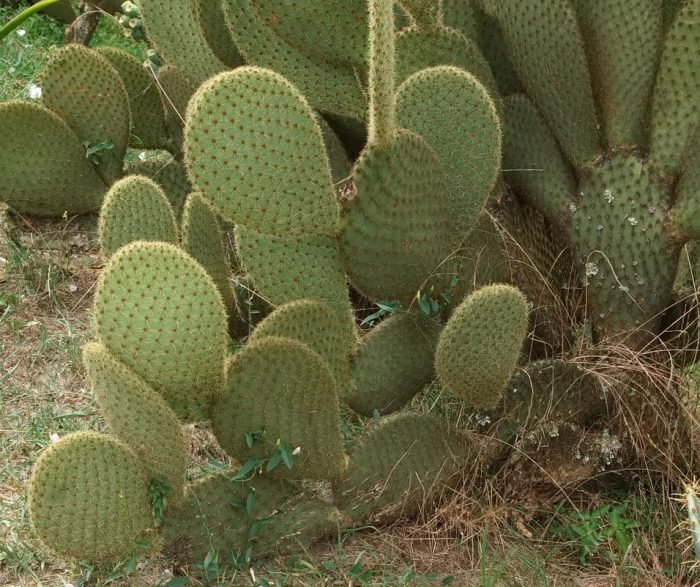

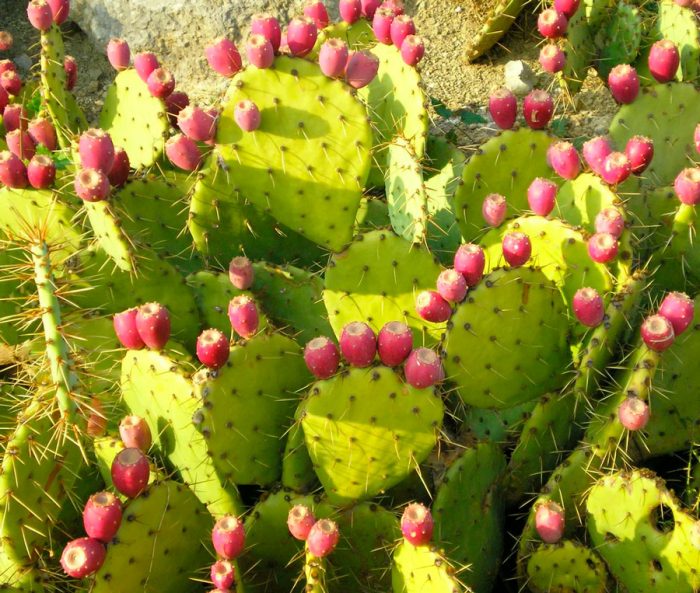
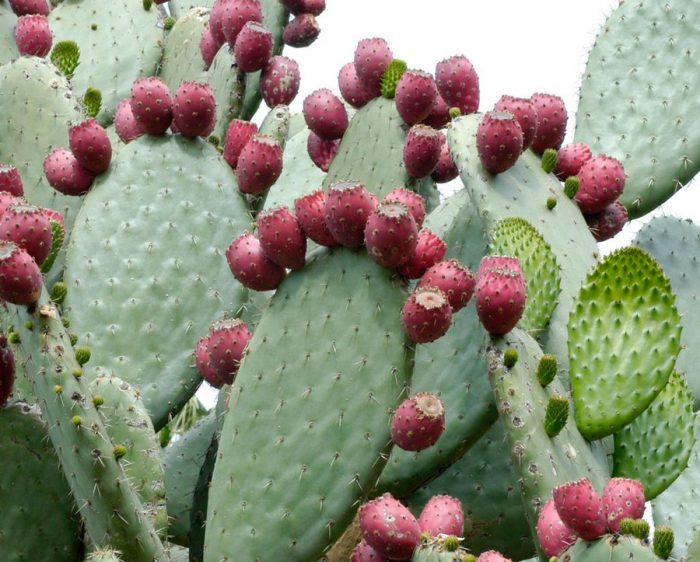



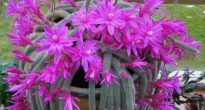


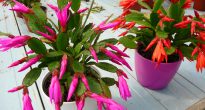
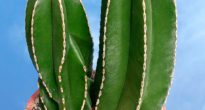


I would not say that prickly pear takes up little space. We have grown on the entire window sill in a couple of years